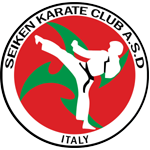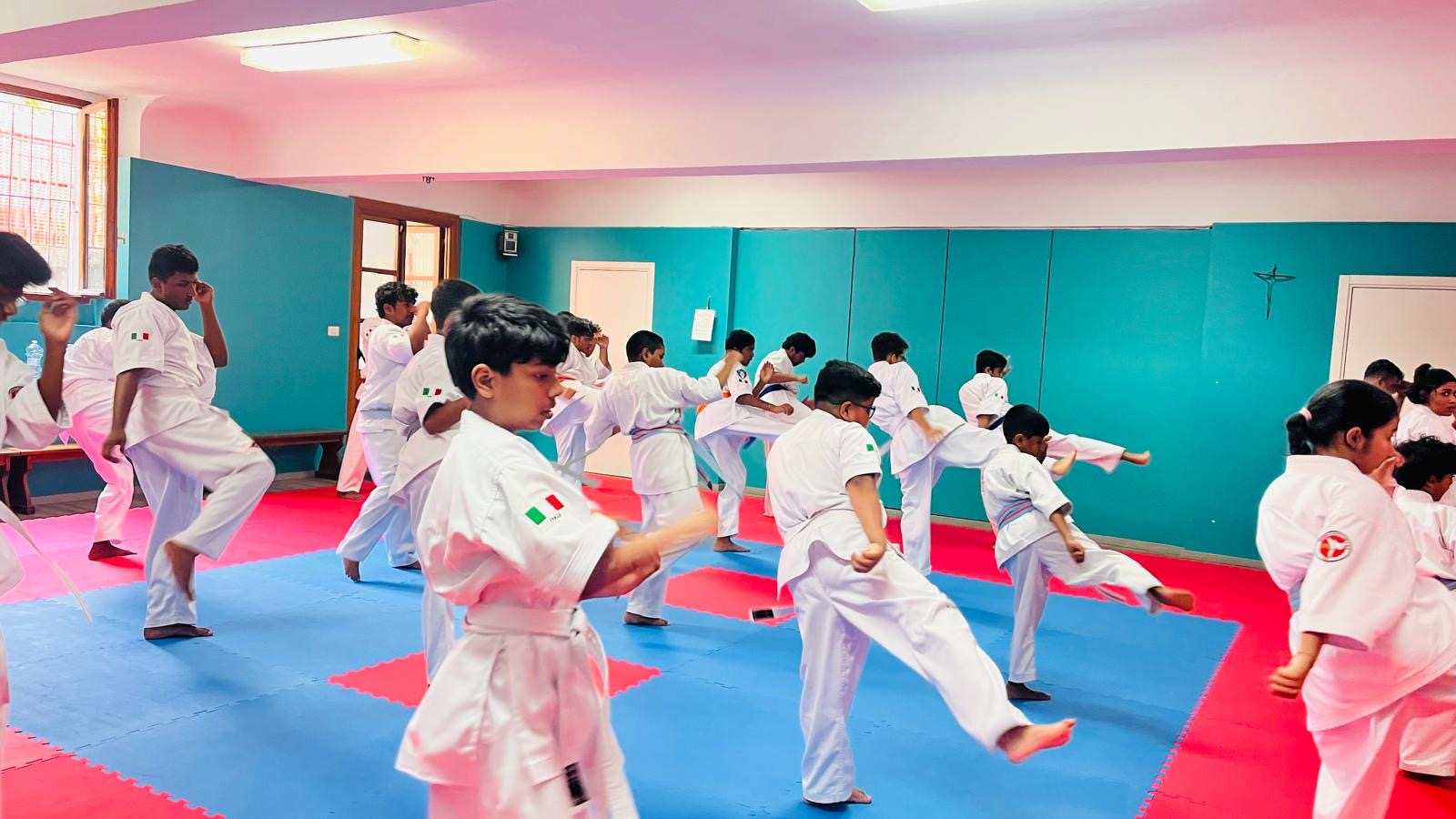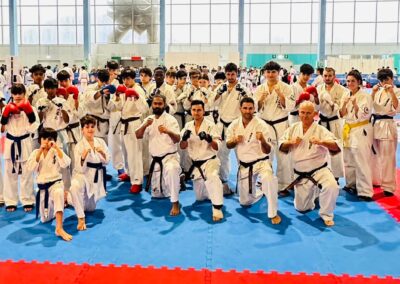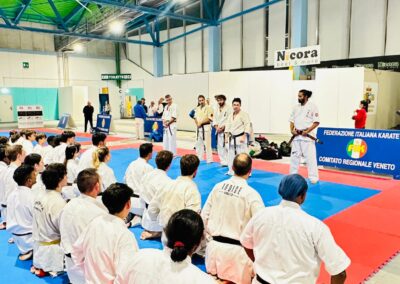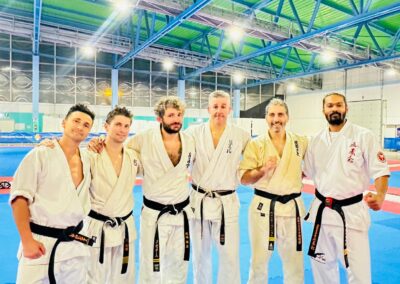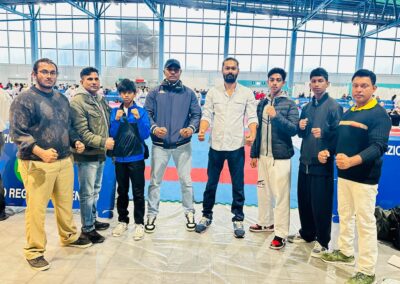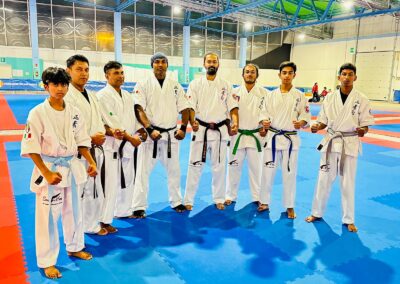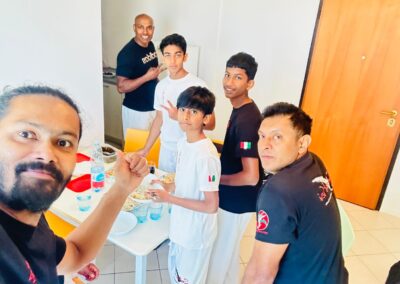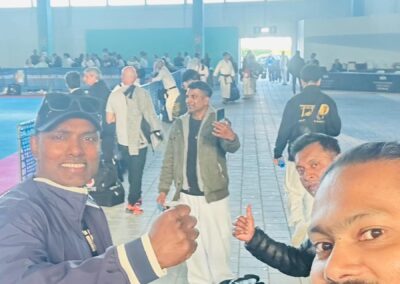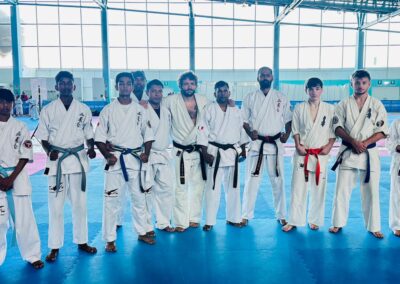One notable milestone in the martial arts calendar began early in the 5th Century AD when Bodhidarma, a travelling monk, entered China from India with his own form of spiritual teaching and self defence.
Bodhidarma’s teaching of Zen Buddhism led him to believe that his followers were weak and not of sound mind, he thus developed and introduced systemised sets of exercise and physical techniques of Yoga, which consisted of stretching posture and deep breathing. This format was designed to strengthen the mind and body and the exercises later lent itself to the beginning of the Shaolin style of temple Kung fu. It was through breathing and meditation that practitioners developed almost superhuman skills to defend themselves against hostile bandits and so began the myths of the Shaolin monks. It is within these principles of Bodhidharma’s teachings that martial arts evolved and formed the basis for a majority of the Chinese martial arts. A philosophy that later found its way across Asia to the Japans.
Hundreds of years later we fi nd ourselves at Okinawa, a small island in the Ryu Kyu chain which leaves the tip southern most tip of Japan and leads to mainland China. In 1609 Okinawa was invaded by the local daimyo of the Shimazu clan. Being at the crossroads of a major trading route its significance within the Empire was of great importance. The rebellion to overthrow the samurai rule in Okinawa led to the fi rst banning of all weapons by the Japanese invaders. This drove local resistance fighters to seek basic empty hand techniques.
However it was the second rebellion and banning of weapons on the island that formed the catalyst for the martial art system we know today as “karate”, based on the indigenous form of closed fist fighting known early on as Okinawan Te, or ‘hand’. These weapons bans, imposed on the Okinawans at various points in their history, encouraged the refi nement of the empty hand style. Further infl uences from other martial arts systems brought by nobles and trade merchants to the island also found their way into this Okinawan system. As time passed, Karate and its development soon took on a more clandestine route and remained a secret until modern times and the advent of World War Two.
Te continued to develop over the years, primarily in three Okinawan cities: Shuri, Naha and Tomari. Each of these towns was a centre to a diff erent sect of society: kings and nobles, merchants and business people, and farmers and fishermen, respectively. No doubt, there was a system in place. However, it was until someone called Sokon Matsumura put together a collection of prescribed moves, that Karate started resembling the martial art we know at present. The moves were called “Kata”.
For this reason, diff erent forms of self-defence developed within each city and subsequently became known as Shuri-te, Naha-te and Tomari-te. Collectively they were called Okinawa-Te or Tode, ‘Chinese hand’. Gradually, karate was divided into two main groups: Shorin-ryu, which developed around Shuri and Tomari and Shorei-ryu which came from the Naha area. It is important to note, however, that the towns of Shuri, Tomari, Naha are only a few miles apart, and that the diff erences between their arts were essentially ones of emphasis, not of kind. Beneath these surface diff erences, both in the methods and aims of all Okinawan karate. Gichin Funakoshi goes further to suggest that these two styles were developed based on different physical requirements. Shorin-ryu was quick and linear with natural breathing while Shorei-ryu emphasized steady, rooted movements with breathing in synchrony with each movement. Interestingly, this concept of two basic styles also exist in kung-fu with a similar division of characteristics.
